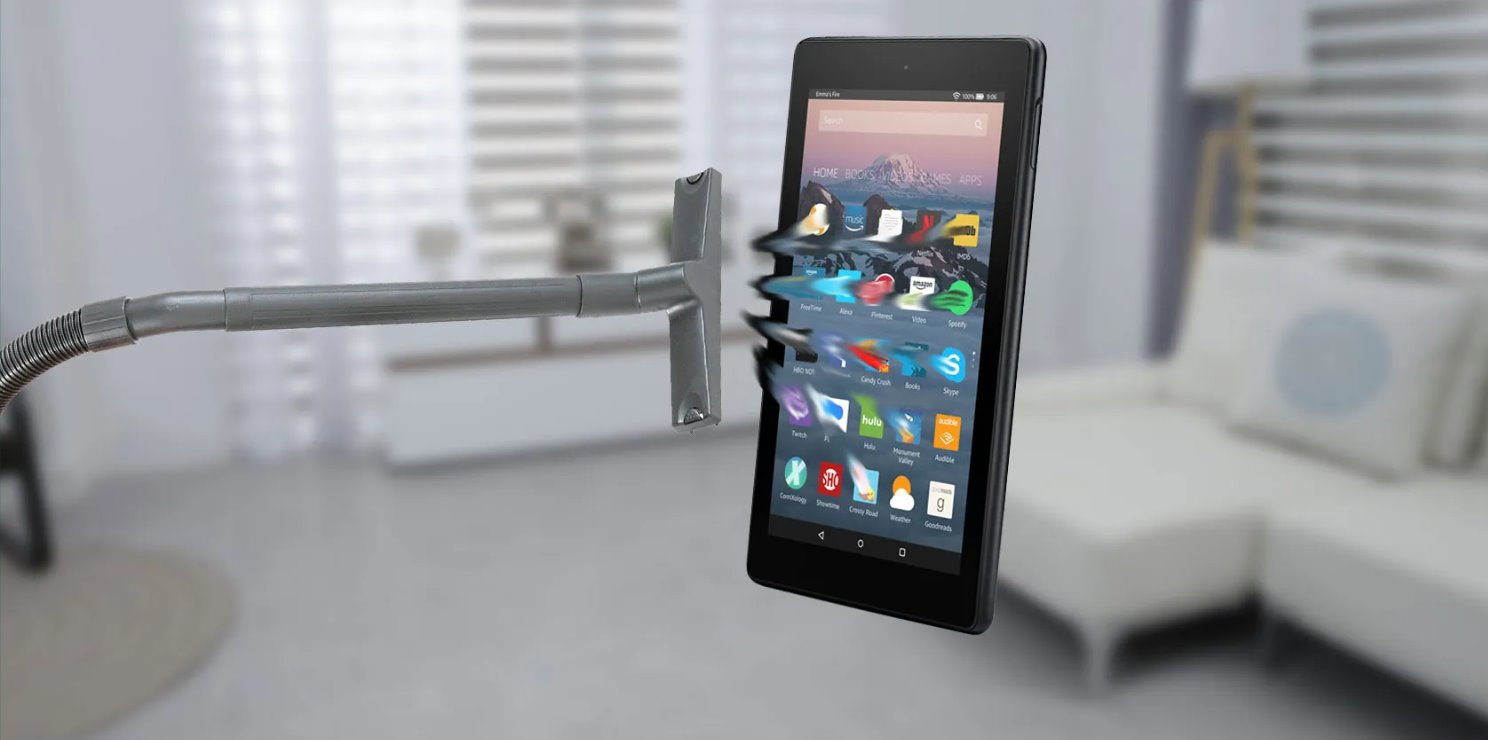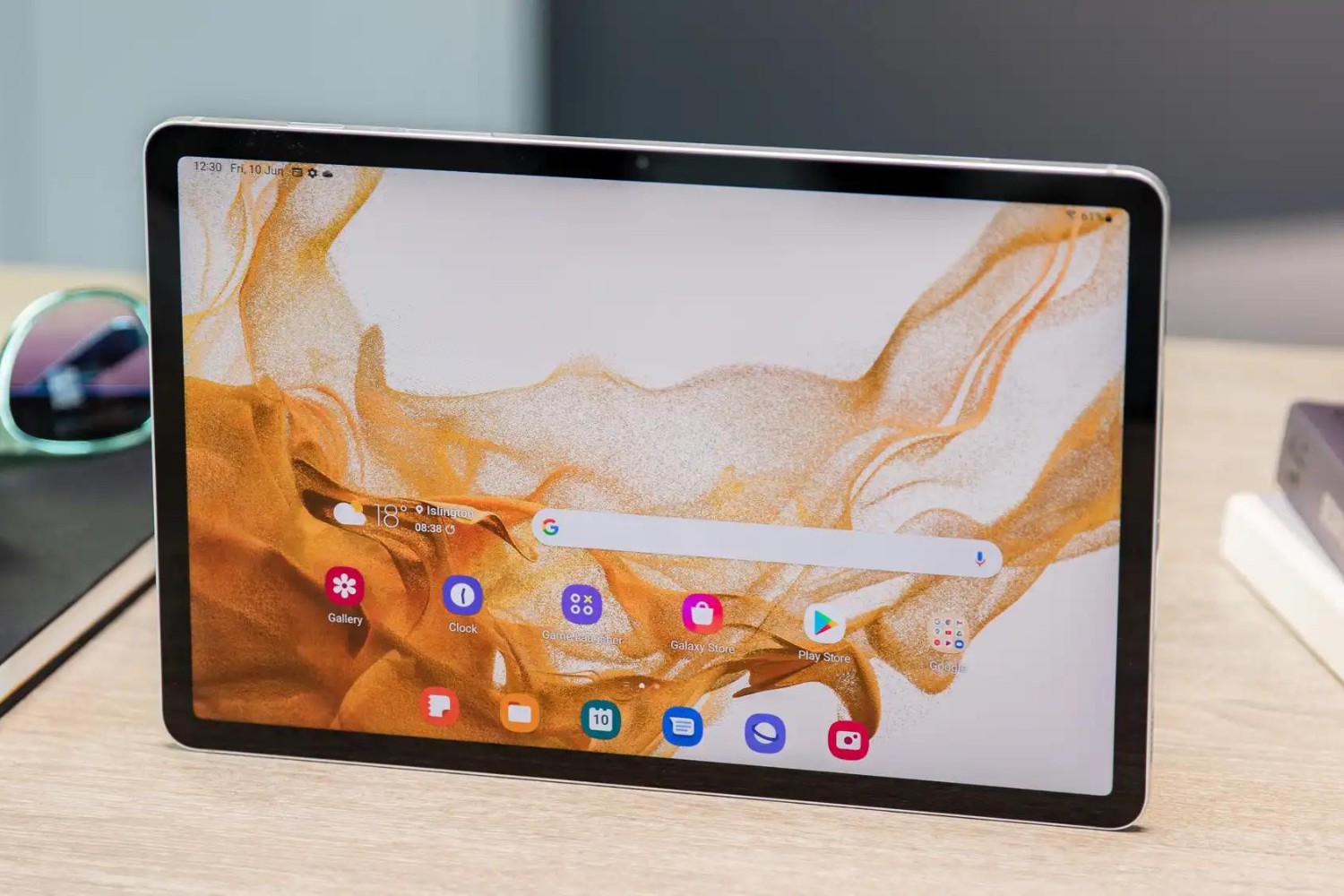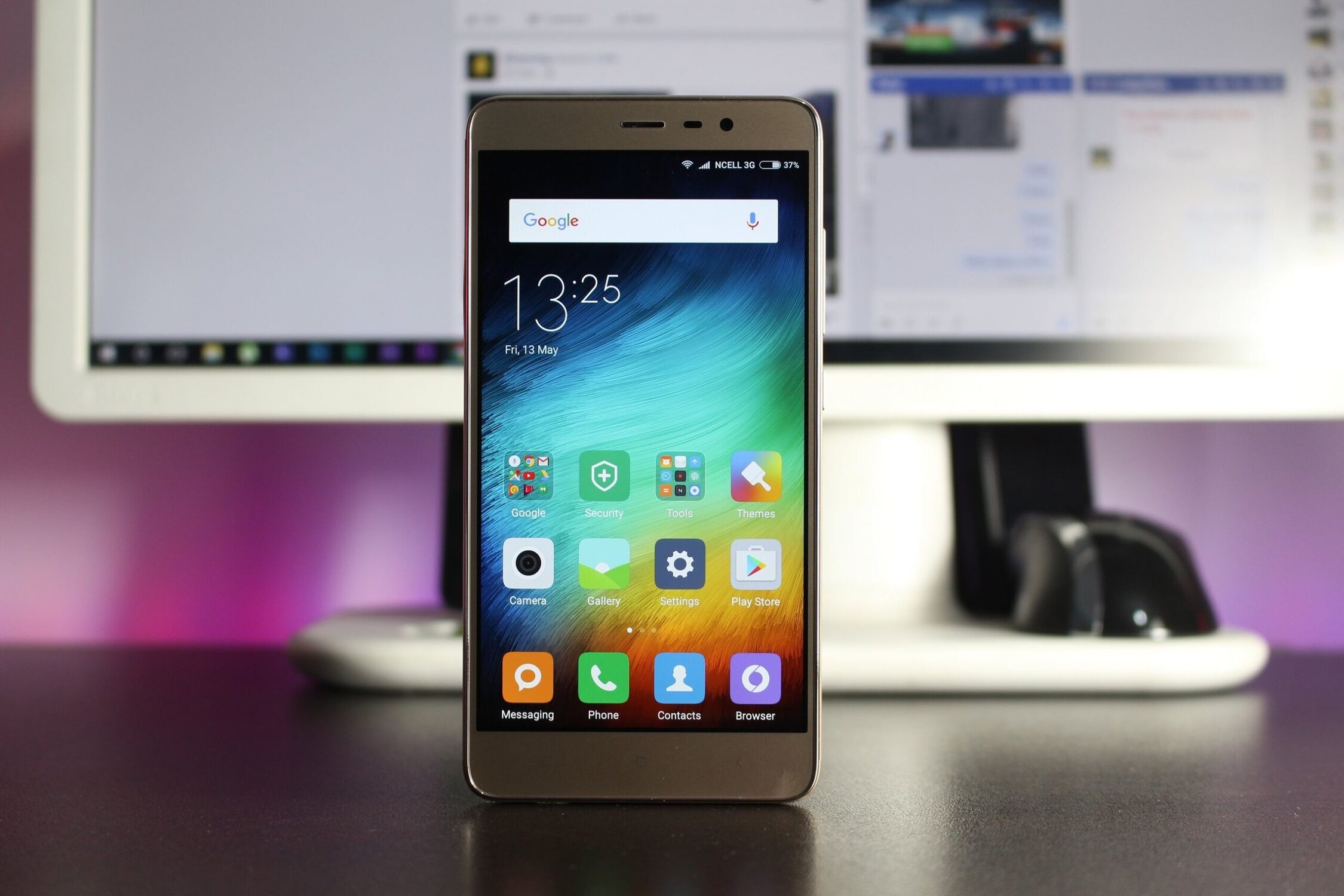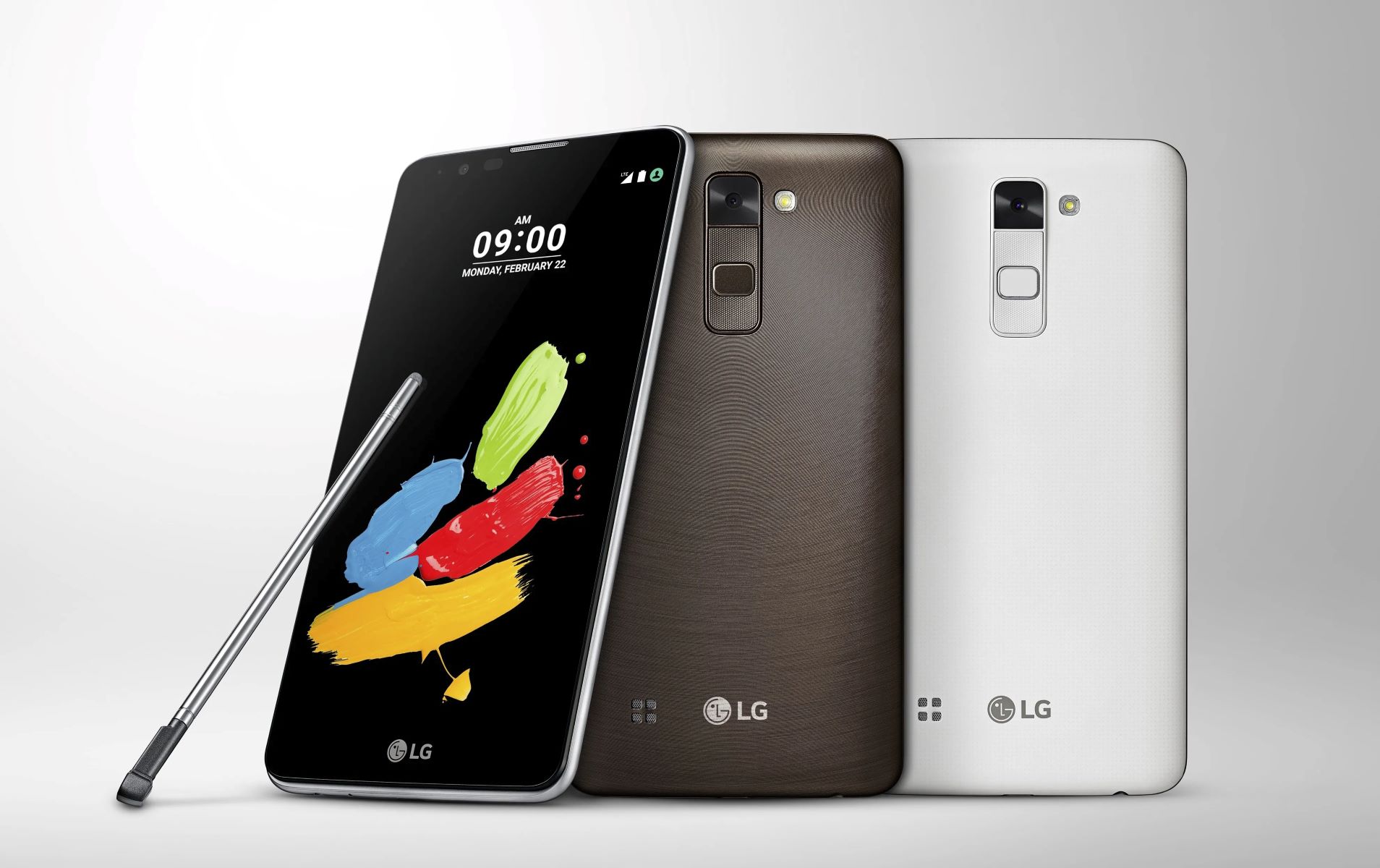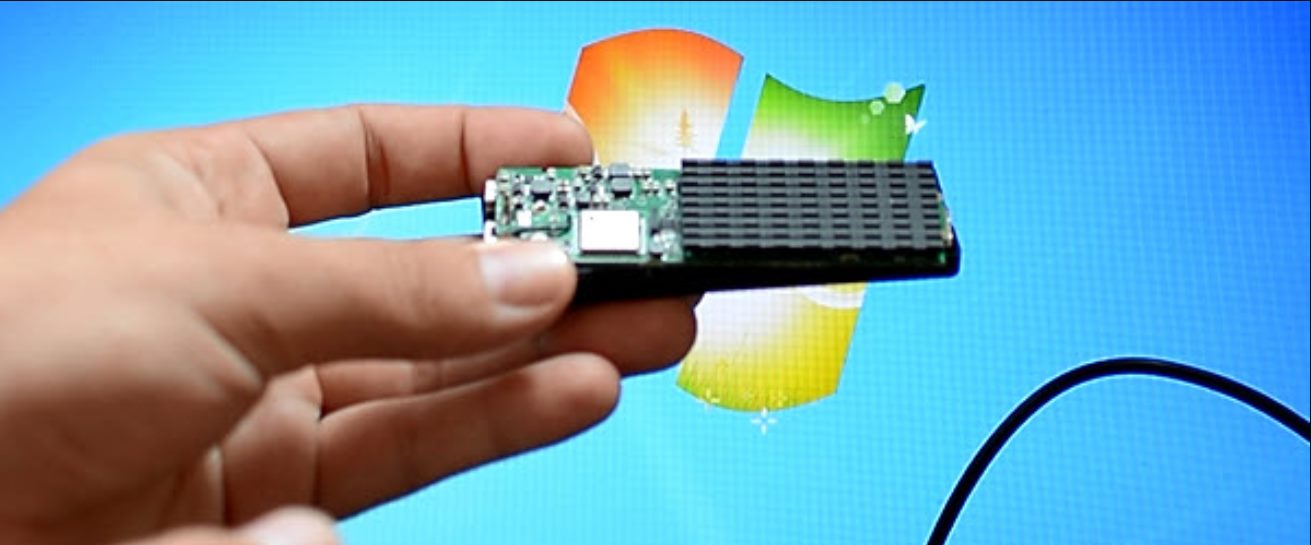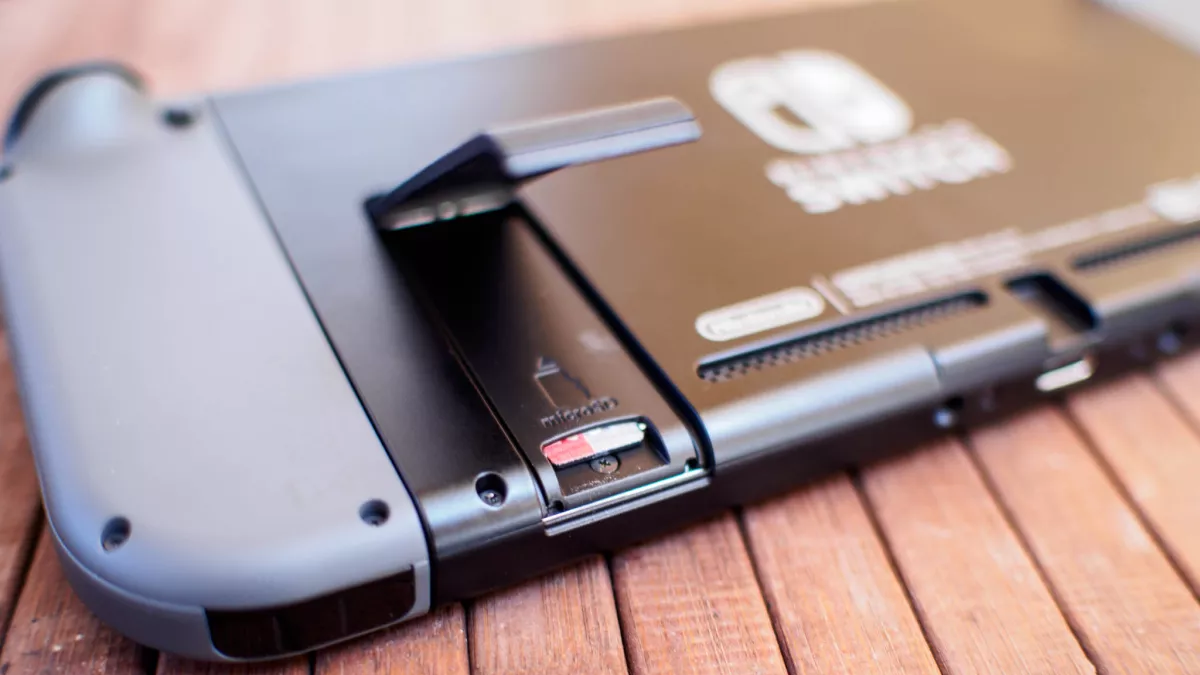Introduction
Micro SD cards have become an essential storage solution for a wide range of devices, including smartphones, tablets, digital cameras, and gaming consoles. These compact memory cards offer convenience and portability, allowing users to store and transfer a large amount of data effortlessly. However, there may come a time when you need to reset a micro SD card to its factory settings.
Resetting a micro SD card can be necessary for various reasons. It might be due to a card malfunction, compatibility issues with a particular device, or simply the need to erase all the data on the card and start afresh. Regardless of the reason, knowing how to reset a micro SD card is a valuable skill that every user should have.
Before diving into the methods of resetting a micro SD card, it is important to understand the potential risks involved and take necessary precautions. Resetting a card will erase all the data stored on it, so it’s crucial to back up any important files before proceeding with the reset process. Additionally, certain methods might require specific software or tools, so make sure to have the necessary resources ready.
In this article, we will guide you through several methods to reset a micro SD card effectively. Whether you are using a Windows PC, a Mac, or even a portable device like a smartphone, there is a suitable method for you. So, let’s explore these methods and discover how to reset a micro SD card effortlessly.
Why Resetting a Micro SD Card Might be Necessary
There are several reasons why you might need to reset a micro SD card. Let’s explore the most common scenarios where a reset becomes necessary:
- Card Malfunction: Micro SD cards, like any other electronic device, can experience malfunctions. Sometimes, a card may become corrupted, causing data errors or making it inaccessible. Resetting the card can help resolve these issues and restore its functionality.
- Compatibility Issues: In certain cases, a micro SD card might not be recognized or compatible with a particular device. This could be due to differences in file systems, formatting, or other technical factors. By resetting the card, you can revert it back to its default settings, potentially resolving compatibility problems.
- Data Security: Resetting a micro SD card is a crucial step when you no longer need the data stored on it. To ensure that personal files or sensitive information do not fall into the wrong hands, a complete reset is advised before disposing of the card or giving it to someone else.
- Fresh Start: Resetting a micro SD card can also be beneficial when you want to clear out all the data and start afresh. By erasing all the files on the card, you can make space for new data or ensure a clean storage environment, especially if you frequently use the micro SD card for different purposes.
Regardless of the reason behind resetting a micro SD card, it is important to understand the potential consequences. Resetting a card will permanently erase all the data stored on it, so it is crucial to back up any important files before proceeding. Additionally, ensure that you follow the correct procedures to avoid any damage to the card or the device it is inserted into.
Now that we understand why resetting a micro SD card might be necessary, it’s time to delve into the various methods available to achieve this. We will walk you through step-by-step instructions on how to reset a micro SD card using different tools and devices. So, let’s get started!
Safety Precautions Before Resetting a Micro SD Card
Before embarking on the process of resetting a micro SD card, it is important to take certain safety precautions to ensure a smooth and hassle-free experience. Here are some tips to keep in mind:
- Backup Your Data: Before resetting the micro SD card, make sure to back up any important files or data that you want to keep. This is crucial because the reset process will erase all the data on the card, and once it’s gone, it cannot be recovered.
- Check Device Compatibility: Ensure that the micro SD card is compatible with the device you are using. Different devices may have specific requirements in terms of file system or formatting. Check the device’s user manual or specifications to ensure that the micro SD card you are using is compatible.
- Remove the Card Properly: If the micro SD card is inserted in a device, make sure to remove it safely before proceeding with the reset. Improperly removing the card while the device is still powered on can potentially cause damage to both the card and the device.
- Use Original Software: When resetting a micro SD card, it is recommended to use the original software or tools provided by the manufacturer. These tools are specifically designed for the card and offer the most reliable and compatible reset options.
- Protect Against Static Electricity: Static electricity can potentially damage electronic components, including micro SD cards. To prevent static discharge, ensure that you are working in a static-free environment. If possible, use an anti-static wrist strap to ground yourself before handling the micro SD card.
- Handle with Care: Micro SD cards are small and fragile, so handle them with care. Avoid dropping or bending the card, as this can cause physical damage that may render it unusable. Hold the card by the edges and avoid touching the gold contacts to prevent fingerprints or dirt from affecting the card’s performance.
By adhering to these safety precautions, you can minimize the risk of data loss or damage to your micro SD card. Let’s now dive into the various methods available to reset a micro SD card effectively. Depending on the device and software you have at hand, there are several options to choose from. So, let’s explore these methods in detail and find the one that best suits your needs.
Method 1: Formatting the Micro SD Card
One of the simplest methods to reset a micro SD card is by formatting it. Formatting erases all the data stored on the card and restores it to its original state. Here’s how you can format a micro SD card:
- Insert the micro SD card into the device or card reader connected to your computer.
- Open ‘My Computer’ or ‘This PC’ on Windows or the Finder on Mac to locate the micro SD card.
- Right-click or control-click on the micro SD card and select the ‘Format’ option.
- In the format settings, choose the appropriate file system. For general use, FAT32 is recommended as it has wide compatibility. However, if you are using the micro SD card with a specific device, check the device’s compatibility and choose the corresponding file system.
- Ensure that the ‘Quick Format’ option is selected to speed up the formatting process. If you want a more thorough format, uncheck the box.
- Click on the ‘Start’ or ‘Format’ button to initiate the formatting process.
- Wait for the process to complete. It may take a few minutes depending on the size of the micro SD card.
- Once the formatting is finished, you will receive a notification indicating that the process was successful.
- Safely eject the micro SD card from your computer or card reader before removing it.
Keep in mind that formatting a micro SD card will erase all the data stored on it, so ensure that you have backed up any important files beforehand. Additionally, note that formatting a micro SD card does not permanently erase the data. It can still be recovered using specialized software unless the card is securely overwritten with new data.
Formatting is a straightforward method to reset a micro SD card, but it may not always resolve more complex issues. If formatting fails to fix the problem, don’t worry; there are other methods we can explore. Let’s move on to the next method and learn how to reset a micro SD card using the SD Card Formatter tool.
Method 2: Using the SD Card Formatter Tool
If you’re looking for a reliable and convenient method to reset a micro SD card, using the SD Card Formatter tool is a great option. This tool, developed by the SD Association, is specifically designed for formatting and resetting SD and micro SD cards. Here’s how you can use the SD Card Formatter tool to reset your micro SD card:
- Download and install the SD Card Formatter tool from the official SD Association website. It is available for both Windows and Mac operating systems.
- Insert the micro SD card into the card reader connected to your computer.
- Open the SD Card Formatter tool. It should automatically detect the micro SD card.
- Verify that the correct micro SD card is selected in the ‘Drive’ field.
- Choose the formatting options according to your preferences. You can select the card’s desired format type, partition type, and name. Additionally, you can enable ‘Quick Format’ for faster formatting.
- Click on the ‘Format’ button to start the formatting process.
- Wait for the process to complete. The SD Card Formatter tool will provide an estimated time remaining.
- Once the formatting is finished, you will receive a confirmation message.
- Safely eject the micro SD card from your computer or card reader before removing it.
The SD Card Formatter tool ensures a reliable and efficient reset process for your micro SD card. It uses the appropriate formatting settings recommended by the SD Association, ensuring compatibility with a wide range of devices. However, just like with any formatting method, make sure to back up any important data before proceeding, as formatting permanently erases all the data on the micro SD card.
If you prefer a command-line interface or are using a different operating system, there are alternative software options available for formatting micro SD cards. These include tools like Diskpart on Windows or Terminal on Mac. Let’s explore these options in the next methods to reset a micro SD card.
Method 3: Using Diskpart on Windows
If you’re using a Windows computer, you can use the Diskpart command-line tool to reset your micro SD card. Diskpart offers more advanced options for managing disks and partitions, allowing for a more precise reset process. Here’s how you can use Diskpart to reset your micro SD card:
- Connect the micro SD card to your Windows computer using a card reader.
- Click on the ‘Start’ button, search for ‘Command Prompt,’ and open it.
- In the Command Prompt window, type ‘diskpart’ and press Enter to launch the Diskpart utility.
- If prompted with a User Account Control message, click ‘Yes’ to proceed.
- Type ‘list disk’ and press Enter to display a list of all disks connected to your computer.
- Identify the micro SD card in the list by its size and make a note of its corresponding disk number. Take extra care to ensure you select the correct disk number, as selecting the wrong disk can result in data loss.
- Type ‘select disk X’ (replace ‘X’ with the disk number of the micro SD card) and press Enter.
- Type ‘clean’ and press Enter to remove all partitions and data on the micro SD card.
- Type ‘create partition primary’ and press Enter to create a new primary partition on the micro SD card.
- Type ‘format fs=FAT32 quick’ and press Enter to format the micro SD card with the FAT32 file system. Adjust the file system if necessary based on your device’s compatibility.
- Wait for the formatting process to complete. The time it takes depends on the size of the micro SD card.
- Once the process is finished, you will see a message indicating successful completion.
- Close the Command Prompt window and safely eject the micro SD card from your computer or card reader.
Using Diskpart provides more control and customization options for resetting a micro SD card. However, it requires careful attention to detail and precise execution to avoid any unintended consequences. Always double-check the disk number to ensure you are working with the correct micro SD card.
Next, let’s explore a method to reset a micro SD card using Terminal on a Mac computer.
Method 4: Using Terminal on Mac
If you are using a Mac computer, you can utilize the Terminal application to reset your micro SD card. Terminal allows you to access a command-line interface and perform various tasks, including formatting and resetting storage devices. Here’s how you can use Terminal to reset your micro SD card:
- Connect the micro SD card to your Mac computer using a card reader.
- Open the ‘Finder’ and go to ‘Applications’ > ‘Utilities’ > ‘Terminal’ to launch the Terminal application.
- In the Terminal window, type ‘diskutil list’ and press Enter to display a list of all connected disks and partitions.
- Identify your micro SD card in the list by its size and make note of its corresponding disk identifier, typically listed as ‘/dev/diskX’ (where ‘X’ represents a number).
- Still in Terminal, type ‘diskutil eraseDisk FAT32 SD MBRFormat /dev/diskX’ (replace ‘X’ with the disk identifier of the micro SD card) and press Enter.
- You will be prompted for confirmation before formatting the micro SD card. Type ‘y’ and press Enter to proceed.
- Wait for the formatting process to complete. The time it takes depends on the size of the micro SD card.
- Once the process finishes, you will see a message indicating successful completion.
- Close Terminal and safely eject the micro SD card from your computer or card reader.
Using Terminal provides direct control over the formatting and resetting process of your micro SD card on a Mac. However, it is essential to double-check the disk identifier to ensure you are working with the correct micro SD card and avoid accidentally formatting the wrong disk.
Now that we’ve covered methods for both Windows and Mac, let’s explore how to reset a micro SD card using a smartphone, tablet, digital camera, or camcorder in the next sections.
Method 5: Using a Smartphone or Tablet
If you have a smartphone or tablet with a micro SD card slot, you can easily reset the micro SD card using the device’s built-in formatting options. Here’s how you can use a smartphone or tablet to reset your micro SD card:
- Insert the micro SD card into the card slot on your smartphone or tablet. Make sure the device is powered off.
- Power on your smartphone or tablet and navigate to the ‘Settings’ menu.
- Look for the ‘Storage’ or ‘Memory’ option in the settings menu. The location may vary depending on the device and its operating system.
- Select the micro SD card from the list of available storage options.
- Choose the option to format or erase the micro SD card. The exact wording may differ, but it should be something similar to ‘Format SD card’ or ‘Erase SD card’.
- Confirm your selection and proceed with the formatting process.
- Wait for the formatting process to complete. The time it takes depends on the size of the micro SD card.
- Once the formatting is finished, you will receive a notification indicating successful completion.
- Power off your smartphone or tablet and safely remove the micro SD card from the card slot.
Using a smartphone or tablet to reset a micro SD card is a convenient and straightforward method. However, keep in mind that the options available may vary depending on the device and its operating system. If you are unable to locate the formatting or erasing options in the settings menu, refer to the device’s user manual or documentation for specific instructions.
Now that we have explored methods using various devices, let’s move on to the final method – resetting a micro SD card using a digital camera or camcorder.
Method 6: Using a Digital Camera or Camcorder
If you have a digital camera or camcorder that supports a micro SD card, you can use the device itself to reset the micro SD card. Here’s how you can use a digital camera or camcorder to reset your micro SD card:
- Insert the micro SD card into the card slot on your digital camera or camcorder.
- Power on the device and access the settings menu. The location of the settings menu may vary depending on the camera or camcorder model.
- Look for the ‘Format’ or ‘Initialize’ option in the settings menu. This option is usually located in the storage or memory settings.
- Select the micro SD card as the storage to be formatted or initialized.
- Confirm your selection and proceed with the formatting process.
- Wait for the formatting process to complete. The time it takes depends on the size of the micro SD card.
- Once the formatting is finished, you will receive a notification indicating successful completion.
- Power off the digital camera or camcorder and safely remove the micro SD card from the card slot.
Using a digital camera or camcorder to reset a micro SD card is a convenient option, especially if you already have the device at hand. However, keep in mind that the specific steps and options may vary depending on the camera or camcorder model. If you are unable to locate the formatting or initializing options in the settings menu, refer to the device’s user manual for detailed instructions.
With these various methods at your disposal, you can easily reset your micro SD card based on your device and preferences. Remember to follow the necessary safety precautions and backup any important data before proceeding with the reset process. By doing so, you can ensure a smooth and successful reset, allowing you to use the micro SD card with a fresh start.
Conclusion
Resetting a micro SD card can be necessary for various reasons, such as resolving card malfunctions, compatibility issues, data security, or starting afresh. Knowing how to reset a micro SD card is a valuable skill that can help you maintain the functionality and performance of your storage device.
In this article, we explored several methods for resetting a micro SD card. We discussed how to format the card using the built-in options on a computer or the SD Card Formatter tool. We also explored using Diskpart on Windows, Terminal on Mac, a smartphone or tablet, and a digital camera or camcorder to reset the micro SD card.
Before resetting a micro SD card, it is essential to take safety precautions, such as backing up important data, ensuring device compatibility, and handling the card with care. These precautions help prevent data loss and damage to the micro SD card and the device it is inserted into.
No matter which method you choose, always remember that resetting a micro SD card permanently erases all the data stored on it. Therefore, it is crucial to back up any essential files before starting the reset process.
By utilizing the appropriate method for your device and following the step-by-step instructions, you can easily reset your micro SD card and ensure optimal performance. Whether you are using a computer, smartphone, tablet, digital camera, or camcorder, there is a method available to meet your needs.
Now that you have a deeper understanding of how to reset a micro SD card, you can confidently tackle any issues you encounter with your storage device. Remember to choose the method that suits your device and preferences, and always handle your micro SD card with care.
So, whether you are resolving technical issues, ensuring compatibility, or starting fresh, you can now reset your micro SD card with ease and efficiency.









